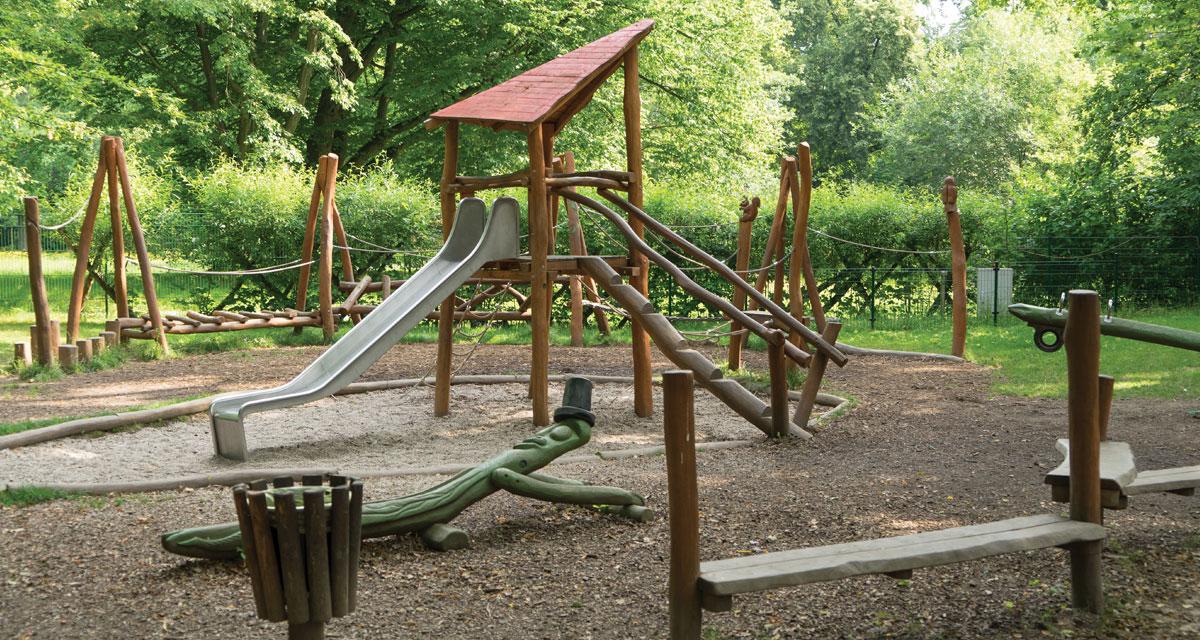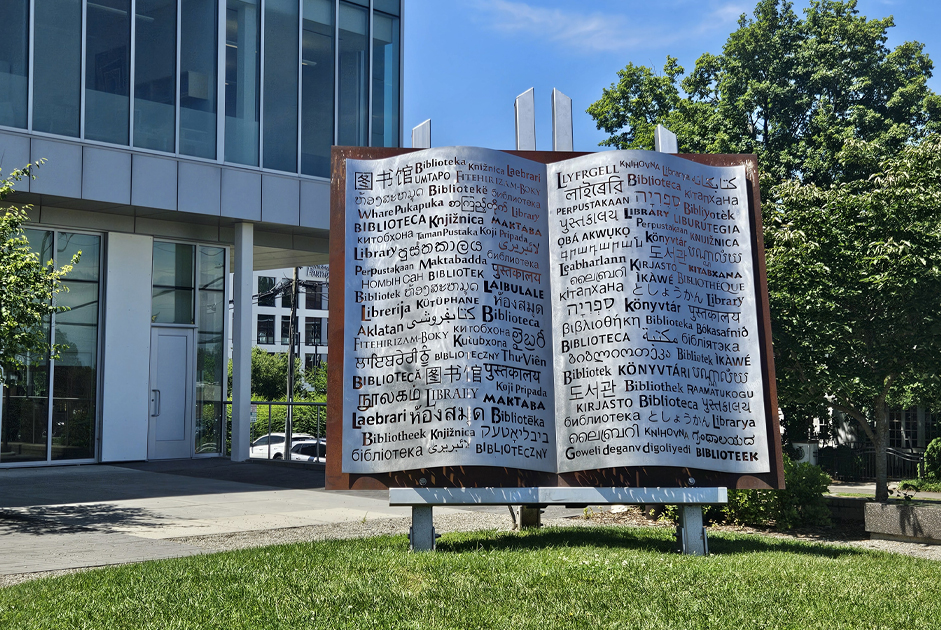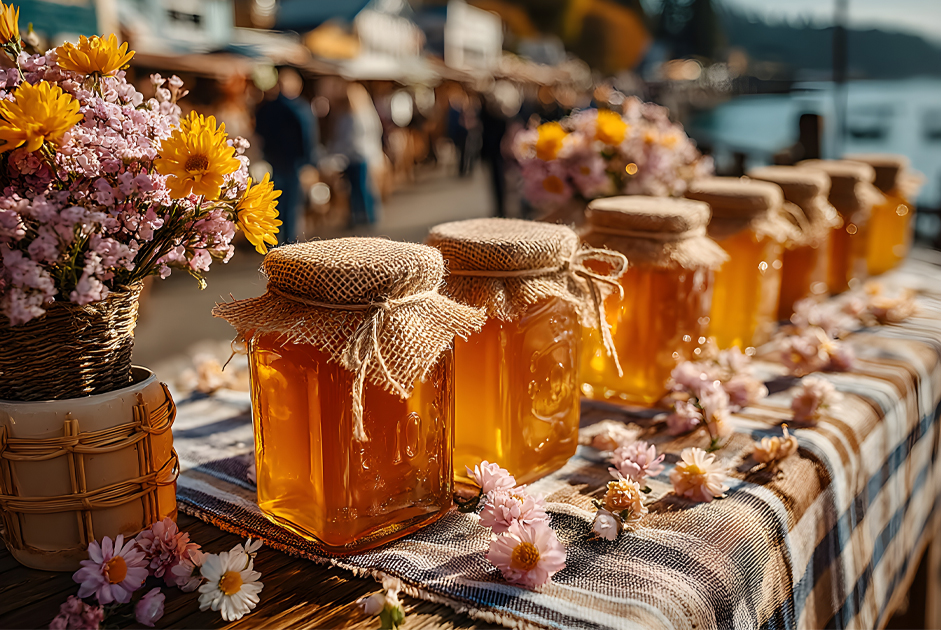The first American playground, built-in 1867, included swings, slides, and a wooden carousel. In 1907, one influential man had the vision to help every state and school create a safe location for children to exercise and play games. More than a century later, President Theodore Roosevelt’s vision continues to inspire conversation beyond the traditional definition, his parks including swings and sliding boards. Today’s playgrounds lean towards the abstract, which include tactile, moveable objects that allow children to create and design in a more imaginative play space. If you are looking for a few crafty ideas to foster creative play at home, consider one of the following concepts.
What is “Free Play”?
Not all traditional playgrounds give our youth the experience of combining a cognitive and physical workout. The concept behind “free play” offers an endless number of sensory encounters to engage a child, perhaps spinners, rings, slides, and tunnels, or creating with sand or water.
- The cardboard box is a fascinating item to foster imaginative play. As a structure, the rectangular box has many holes to climb, crawl and peek through, similar to Swiss cheese.
- A type of structure in the form of a Weeping Willow may appear as a cascading thicket of long ropes for engaging in climbing, swinging, or brushing through, with the option of a second level for sitting.
The goal of free play is to give children the chance to approach a playground with a new perspective and create games every time.
What are “Adventure Playgrounds”?
Parents usually want their children to play in safe spaces without the necessity to take risks. The free-range playground may appear as a jumbled mess, comprised of vehicle tires, tubes, bicycle wheels, old car seats, milk crates, and cardboard boxes. Children anxious for the chance to invent, create, and work together with others, however, thrive in this unique type of unstructured play space. A risk may be a nail poking out of a plank of wood. Some adventure playgrounds offer children the chance to use shovels, hammers and nails, saws, and lumber to construct more stable structures. The goal is for children to recognize the danger and continue playing with confidence, while helping others to play safely. In a gathering connecting a wide range of ages, older children accept the role of nurturers and mediators of conflict, while younger kids both learn from the guidance and confidently offer ideas. Playgrounds that provide unstructured materials promote play between children who may not previously have had the chance to work together.
What are “Natural Playgrounds”?
In 1931, a Danish landscaper observed children not being entertained by the swings and slides, but inventing their own play with rocks, sticks, and dirt. Today, the vision is both natural and easy to maintain. The obvious reaction to a semi-steep hill is to climb upward and possibly run or roll down. What if a rope aided the endeavor and a slide helped to return to the ground level? The task would attract younger and older children, and even adults. The natural playground offers challenging activities through the manipulation of soil to make a hill, mound, or winding path. Stepping stones made from rocks or stumps could be one feature, without the need for steel beams and concrete.
The playground stirs memories of a good time with friends, whether the structure encouraged climbing, spinning, or sliding. Today’s play areas are uniquely child-centered, with challenging features, such as climbing walls, nets, ziplines, pulleys, and a variety of interactive building opportunities. Uniting children of all ages together, whether the location is at a park, school, or neighbor’s backyard, remains essential. The phrase, “Let’s go to the park,” brings happiness to families! Yes, go outside and play!




















